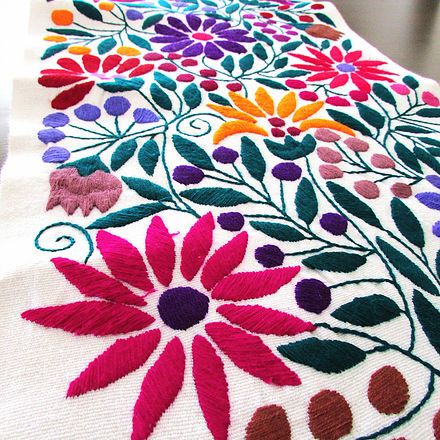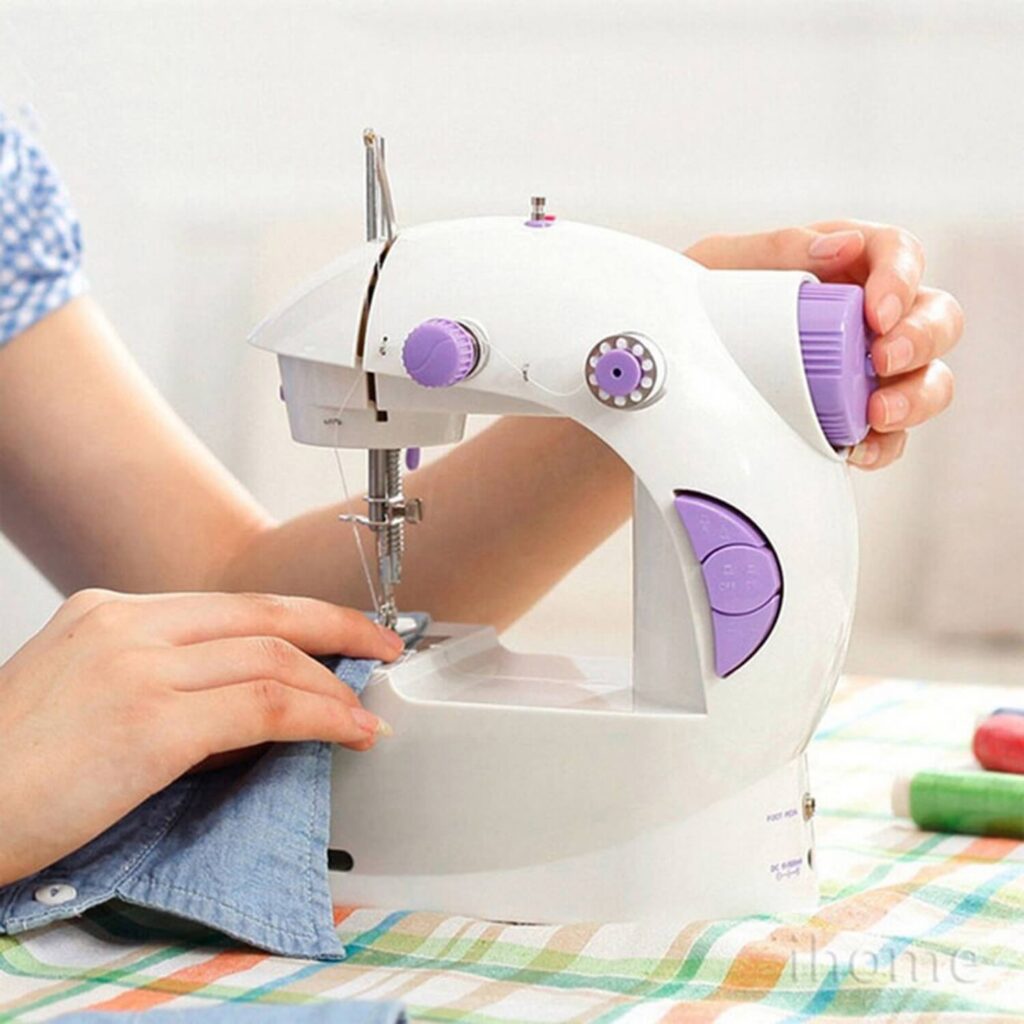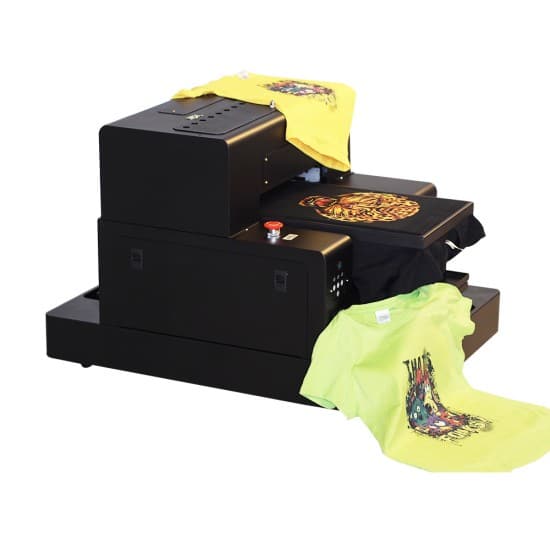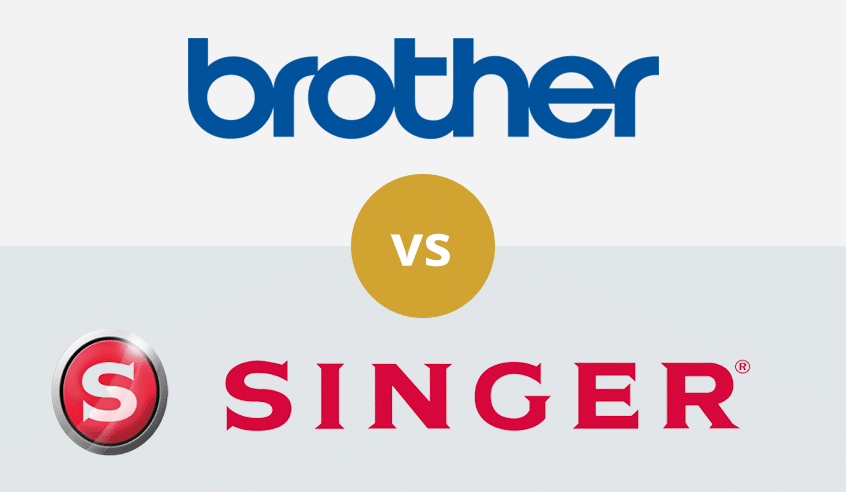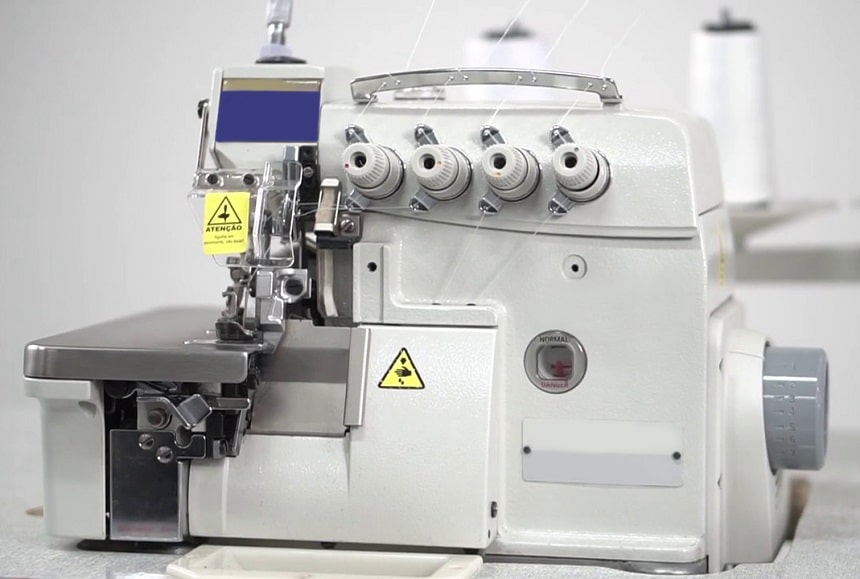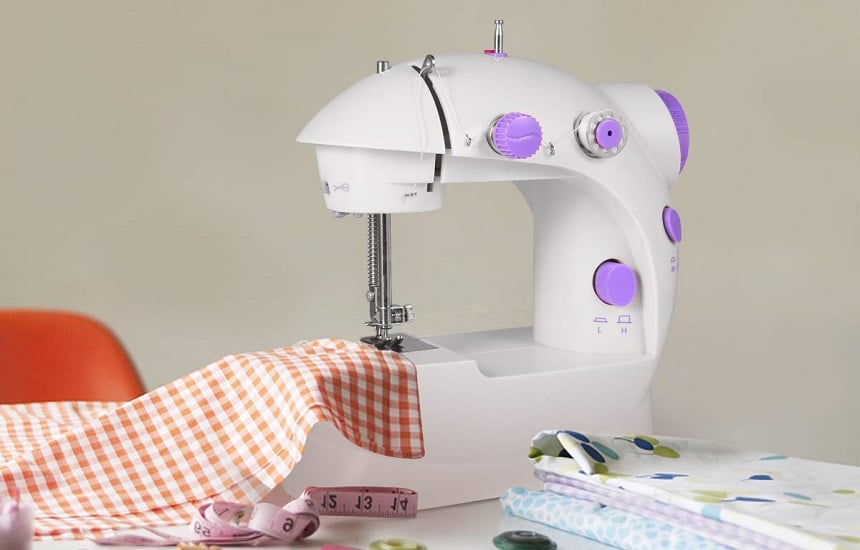

When you hear the word tulle you may start to picture little girls in ballerina tutus or a bride’s beautiful wedding gown, but this material is surprisingly versatile. And then there’s organza which is synonymous with style. Both fabrics are pretty and sheer but what’s the difference? And how do they compare to one another?
In this article, we will look at organza vs tulle and explore the differences between them.
The most noticeable difference between the two is the stiffness and how elastic it is. Tulle has a bit more stretch to it, while organza is much stiffer and holds its shape better. Both materials are used to create layers such as found in a tutu.
Both materials are very delicate and each has its own strengths and weaknesses depending on the design you wish to achieve. These materials require care when working with them and it’s advisable to use a sewing machine when creating your look.
This is a lightweight nearly see-through fabric that’s made from layers of silk, polyester and nylon. It holds its shape and gives a puffy appearance. Because it’s stiff it doesn’t flow very well. The material is shiny and smooth.
In the past organza Trusted Source Organza - Wikipedia Organza is a thin, plain weave, sheer fabric traditionally made from silk. Many modern organzas are woven with synthetic filament fibers such as polyester or nylon. Silk organza is woven by a number of mills along the Yangtze River and in the province of Zhejiang in China. A coarser silk organza is woven in the Bangalore area of India. Deluxe silk organzas are woven in France and Italy. en.wikipedia.org was made from silk. In fact, the word “organze” comes from the word “organzine” which means silk thread. Organza is a notoriously difficult material to work with as it can be damaged very easily. This also means that wearing it can be tricky because the material can snag and run.
Organza comes in all the colors of the rainbow and is perfect for making dresses for special occasions. This material is often used as a lining under another fabric, to provide support to a more flowing material.
You may need to keep your iron handy as this fabric has a tendency to wrinkle easily. Because of the stiff nature of this fabric, it is often used to make party and wedding decorations. Keep reading to find out more about which fabric is best for your event décor needs.
Tulle is a mesh-like fabric made from silk mesh and netting. This material is often used to make wedding veils or as an overlay or a petticoat. Tulle gets its name from the French city Tulle Trusted Source Tulle (netting) - Wikipedia The name comes from Tulle, a city in the southern central region of France. Tulle was well known as a center of lace and silk production in the 18th century, and early tulle netting probably originated in this French city. Tulle netting certainly appeared earlier in Parisian ballet costume than in most other nations, suggesting that tulle netting may have been more readily available there than elsewhere. en.wikipedia.org , where it was first created. It was famously used to make Queen Victoria’s bridal gown in 1840.
Tulle is a stretchy fabric so you need to take extra care when working with it.
Tulle is used for trims and embellishments. It’s popular to make lingerie, tutus, dress up costumes and to add some extra elegance to a floral arrangement. It comes in many hues and tends to shine.
Choosing fabric for your wedding dress is a very important part of the design process. The type of fabric you select will affect the way the dress looks, flows and the overall silhouette of the gown.
If you have always dreamed of a puffy style princess gown Trusted Source Why so many brides wear white on their wedding day - CNN While a few historic women wore white gowns to the altar over the centuries — including Mary Queen of Scots in 1558 — it wasn’t until Queen Victoria debuted a white silk-spun gown at her wedding to Prince Albert in 1840 that the look really took root. edition.cnn.com then layers of tulle will give you the effect that you are after. Tulle is great to add volume and can be used for a ball-gown or to give a mermaid effect.
To add an extra wow factor, tulle can be embellished with sequins or lace trimming. Colored tulle can be used under the white fabric of the wedding dress to add a subtle hint of color, for a modern effect on the classic style.
Organza is very similar to tulle, just not as stiff. This material is very light weight so it flows beautifully. Think of tiny flower girls twirling to make their dresses swing up around them. This fabric is very light and airy, so it won’t make you sweat on a humid day and is perfect for an outdoor wedding.
To add volume organza can be multi-layered without making the dress heavy and uncomfortable to wear. Organza can be decorated with beads and strips of lace and satin to create a truly unique look.
The type of material that you use will depend on the look that you want to achieve. Also make sure you use quality equipment such as a state of the art sewing machine so you don’t damage the fabric.
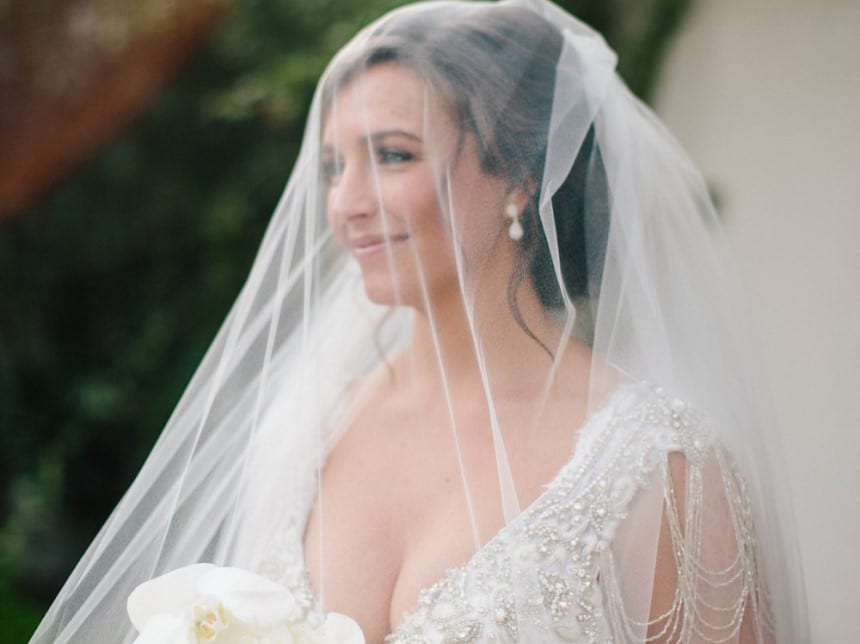
Tulle can be used to create a veil for a more traditional wedding look.
Different types of tulle to choose from include:
Modern veils are being made with organza which provides more body for the veil. It helps it retain its form and provides an air of mystery, because it isn’t very sheer so it covers the bride’s face completely.
Fabric opens a whole new world when it comes to party decorations. You can create beautiful backdrops, romantic archways and elegant accessories. Tulle is perfect for making party décor items that don’t require much sewing or a sewing machine, so even beginners can have fun using it.
Some fun things to make with tulle include:
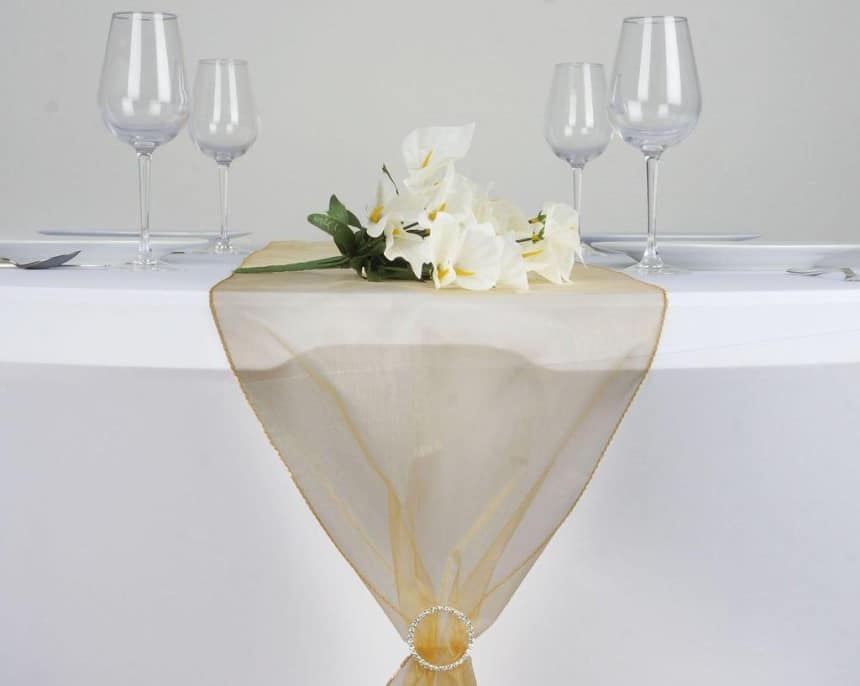
Tulle is an excellent material for
bird netting
Trusted Source
Tell us: have you spotted any netting to stop birds nesting? - The Guardian
The RSPB is urging the public to sign a petition to help change the law on the practice of bird netting in the UK.
Across the UK there are reports of builders and developers using nets on trees to stop birds nesting so that they can be removed in order for building work to take place.
www.theguardian.com
. The tiny holes in the fabric are too small to let the birds fly through it, but still strong enough to provide protection to your trees or other areas you don’t want the birds getting to.
Tulle is extremely cheap, so it won’t break the bank to protect your produce from birds. It’s not recommended to use organza as the birds can become tangled in it.
Organza is the perfect material to make bows for the back of chairs. It holds the shape of a bow very well and comes in a wide range of colors to suit your décor requirements. Chair bows can be made from tulle but they won’t hold their shape very well and can easily come undone.
Both these materials are beautiful and can be used to make your special day that much more elegant. Organza vs tulle? The ultimate decision is up to you based on your needs. Hopefully this article will help you decide on the best option for your special event.
